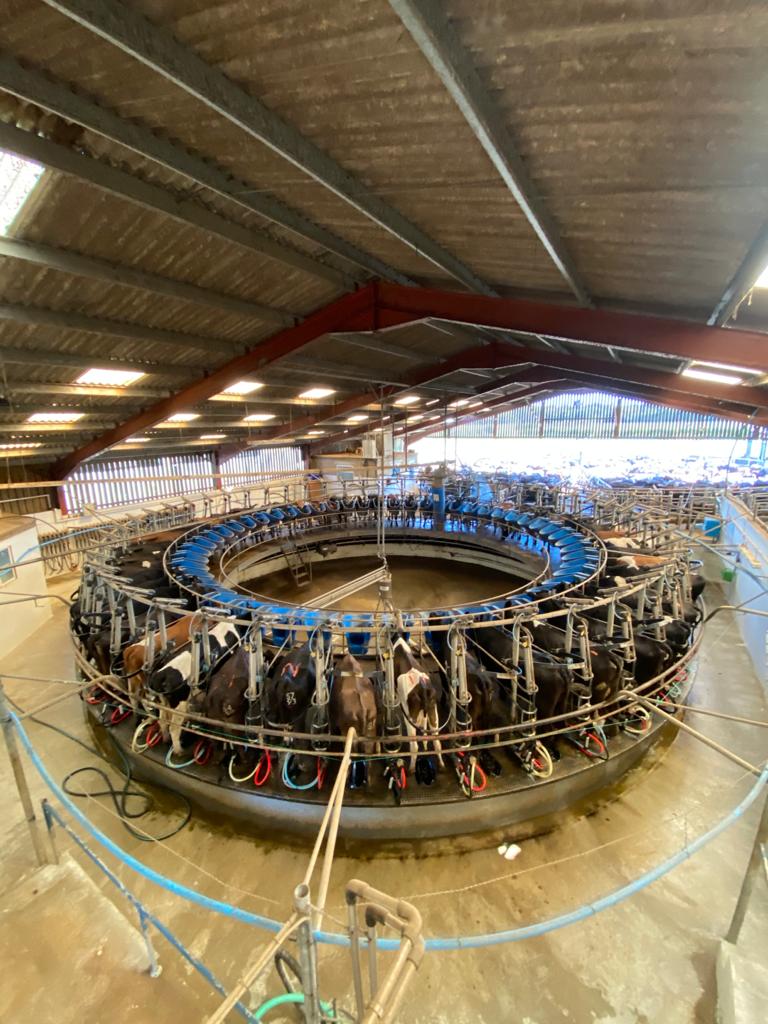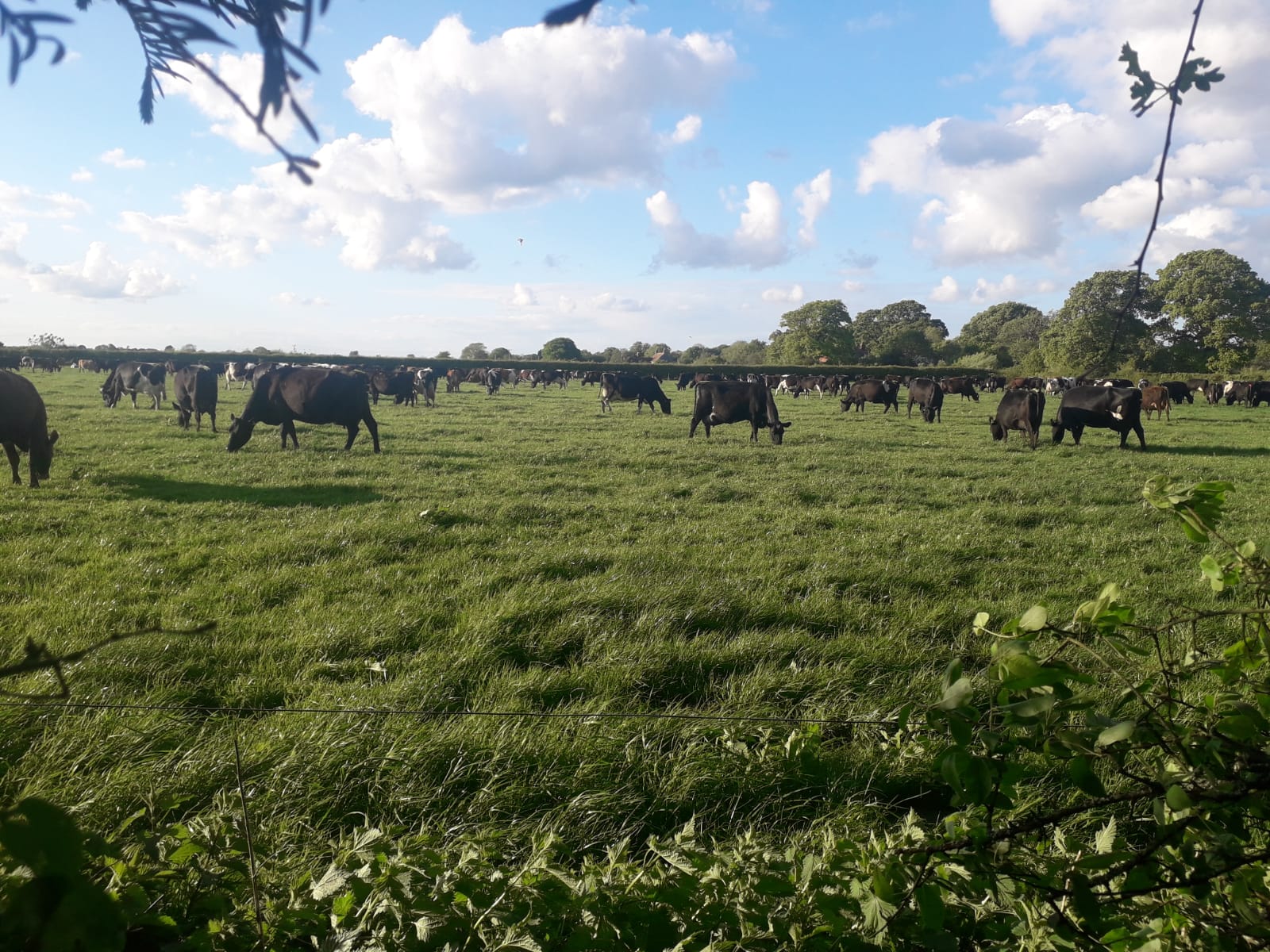- Home
- Knowledge library
- Meet Forage for Knowledge contributor George Brown
Meet Forage for Knowledge contributor George Brown
George Brown started a joint venture on a Hampshire estate last December and is getting to grips with grass growing – or the lack of it!
The business
The Bisterne Estate near Ringwood on the Hampshire/Dorset border includes dairy, arable and conservation and wildlife land. George Brown started a joint venture with the estate in December 2019 and now owns a third of the cows.
The farm
Altitude: close to sea level in the Avon valley
Soils: sand over gravel, very free-draining
Rain: 825 mm (33”) – ‘reasonable’, but soil type means that grass burns up from May
180 ha milking platform
72 ha silage leys, including red clover
74 ha permanent pasture, in paddocks
193 ha low-input river meadows – ideal dry cow tucker
20 ha fodder beet for outwintering
65 ha maize
Bisterne Dairy merged three estate herds into one in 2001, milked through a 50-bale rotary. Housing for 250 in cubicles, plus loose yards with dry cows and youngstock outwintered. Updating infrastructure to create a 400-cow autumn block, housed in cubicles on self-feed silage, plus a 200-cow spring block outwintered.
The cows
550 spring calvers, moving to an autumn bias to produce winter milk. Breeding is Kiwi-cross, with cows weighing around 500 kg. George would like to increase this to push output from under 5,000 litres/cow to nearer 6,500 litres, to cover silage inputs. In 2019, the farm sold 4,816 litres/cow at 415 kg MS from just under 1 t of concentrates. This year, they are on target to finish at 5,457 litres and 473 kg MS.
What’s your grass growing been like this year?
“We had a very wet spring and coped well,” says George. “Cows started grazing on 5 February and we only missed two days when the storms hit, so we had minimal damage and a reasonable first cut, but it went dry early and we struggled.”
The farm can grow 12 ME leafy and lush grass, just not from May to August, or in December. The farm’s strength is being able to graze early and late, hence George is pursuing a split-block calving to get large numbers in milk at the shoulders of the season and dry off in summer.
Growth peaked at 70 kg/DM/ha/day this year, with one week at 100 kg in June. “In summer, we were on a 30–40-day round, with cows eating seedy, stressed 10 ME grass at peak yield with silage buffer. We started feeding 4 kg concentrates before Magic Day and, although we were able to drop this below 3 kg, since mid-May, we have burnt up and been averaging 4.5 kg/day ever since,” he says.
What are your plans between now and December?
“Winter milkers are housed at night, out by day, on a 35-day round, trimming the higher covers down; spring calvers are on a 40-day round, staying out till early December when they will be dried off and outwintered on fodder beet.”
Grazing goals for next year?
“To reseed another 20% of the platform (50% reseeded so far) and successfully grow standing hay and calve on the platform. Last year, we yielded 8 t DM/ha on the milking platform; this year, the target is 9 t DM/ha and I would hope for 10–12 t DM/ha by managing it in a focused way.”



